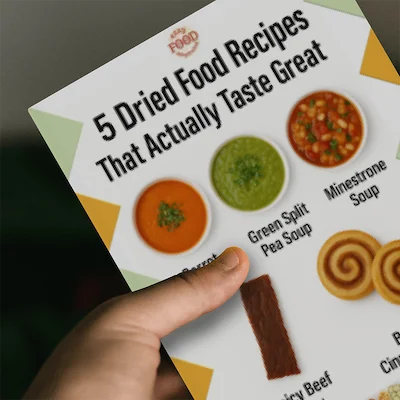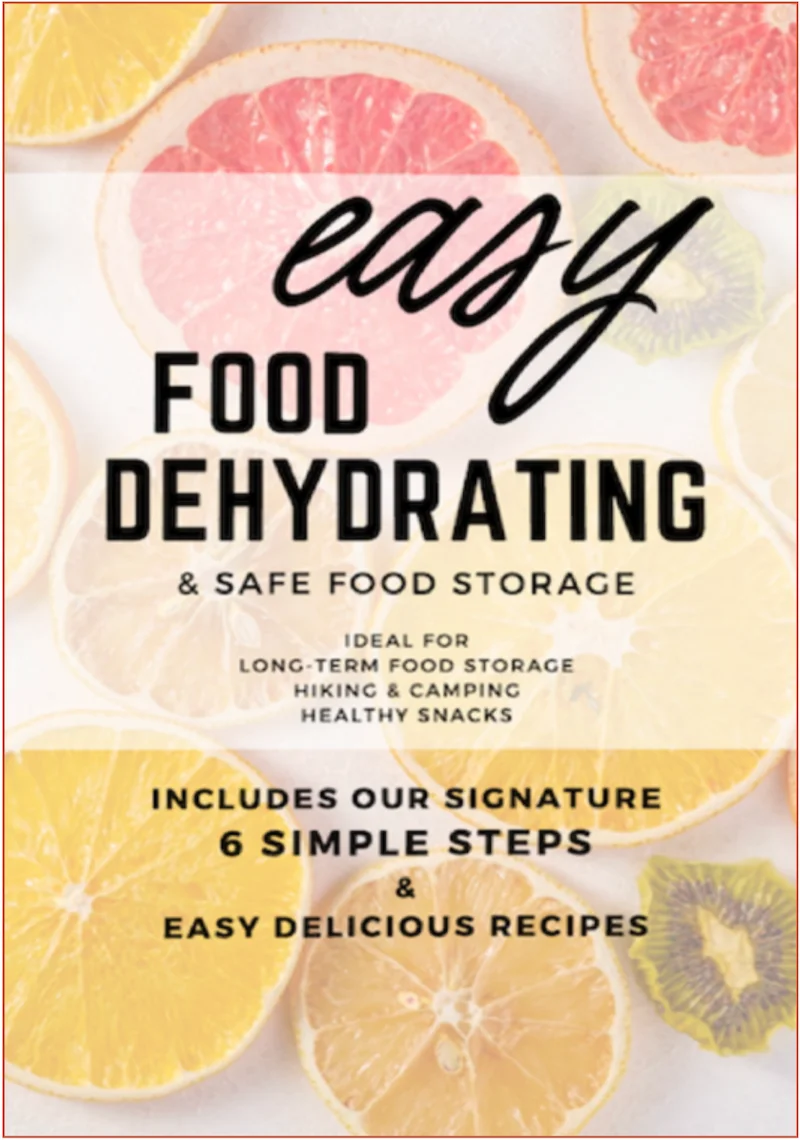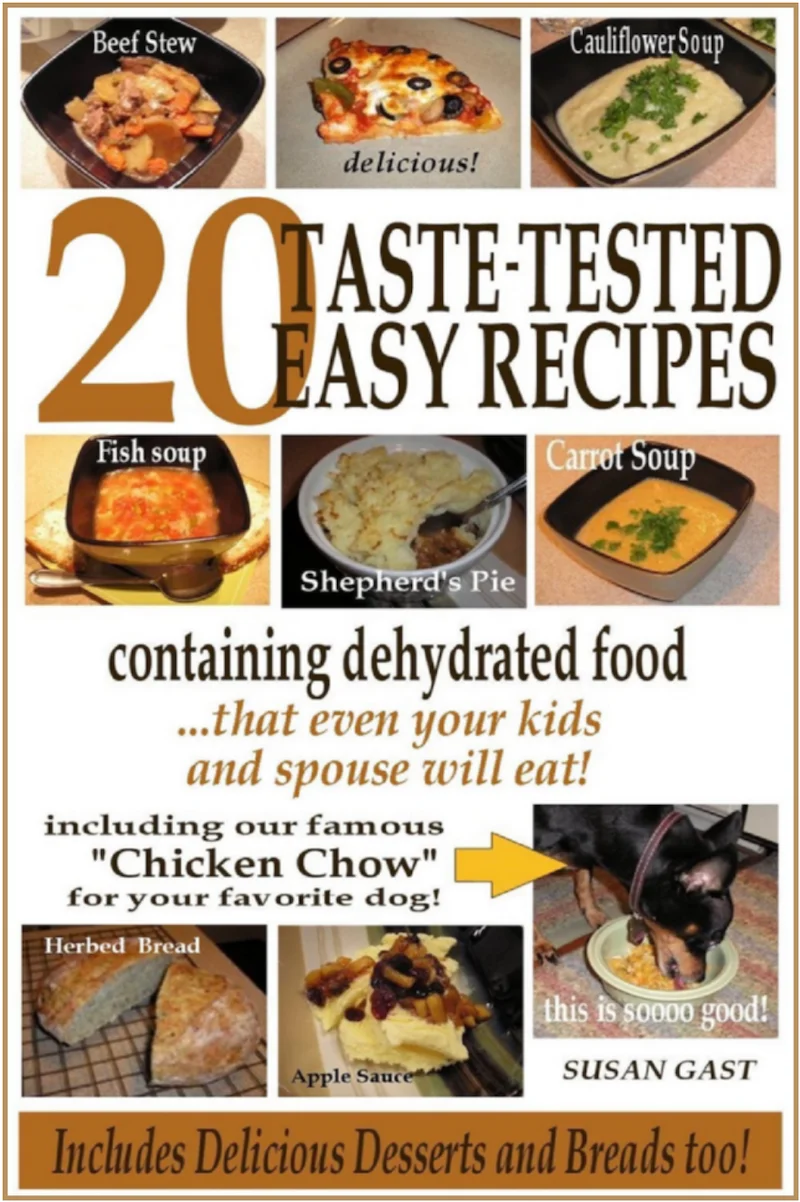What We Mean by “Dehydrate”
Here at Easy Food Dehydrating, “dehydrate” always means using an electric food dehydrator — the easy, reliable way to dry food at home.
- Home
- How to Store Dehydrated Food for Long-Term Freshness
- Organic Dried Foods: Best Storage Tips for Long-Term Use
Best Organic Dried Foods Storage Tips

Building a healthy pantry with organic foods starts with more than just shopping smart—it’s about storing them correctly for long-lasting nutrition and peace of mind. Organic dried foods, free from pesticides and additives, give you wholesome ingredients that keep your family healthy while reducing waste.
✅ Quick Answer: How do you store organic dried foods for long-term freshness?
Store organic dried foods in airtight containers (Mylar bags, vacuum-sealed jars, or BPA-free bins) kept in a cool, dark, dry place. Use oxygen absorbers, label everything with dates, and follow a “first in, first out” rotation system to maximize shelf life.
In this guide, you’ll discover the best storage methods, container tips, and rotation practices so your organic staples stay fresh, safe, and ready whenever you need them.
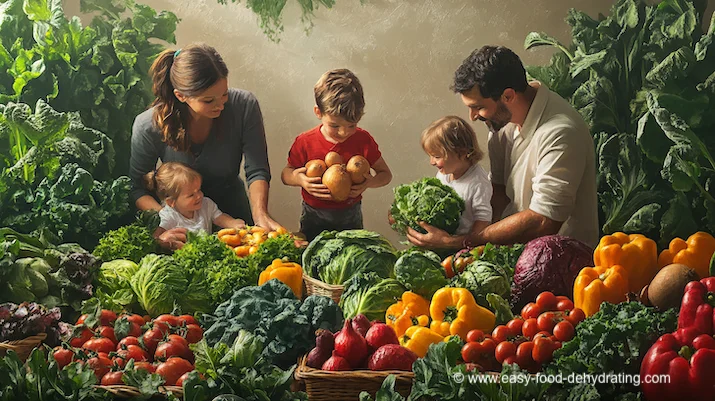
I've discovered that organic dried food storage isn't just about emergency preparedness – it's a lifestyle choice. Gain better health, reduce food waste, and it provides peace of mind because organic produce is free from pesticides, etc.
Why Choose Organic Dried Foods for Your Pantry’s Future
Organic dried food storage isn't just about being prepared for food shortages and the like - it's about making a conscious choice for your family's health and well-being.
Organic dried foods are worth taking a look at when it comes to long-term food storage methods.
What Makes Organic Foods Worth Storing Long-Term
More and more families are turning to organic dried foods simply because organic produce is packed with essential vitamins and minerals, but without the pesticides and additives found in conventional foods.
Yeah, I know. It costs more. But how much are you willing to invest in your family's health? Isn't it better the eat good stuff? Far better than popping pills and prescriptions to fill in the nutritional blanks, I say.
When stored
properly, organic foods maintain their nutritional value for extended
periods, (and to be fair, so do non-organic fruits and veggies).
How Organic Storage Strengthens Family Health Year-Round
Here's what makes organic dried food storage particularly valuable
for families: It's a reliable way to make sure your loved-ones get nutritious food year-round.
The beauty of organic dried food storage lies in its simplicity. Whether you're stocking up on organic wheat berries for fresh-baked bread or keeping dried fruits for healthy snacks, you're making an investment in your family's well-being. And isn't that what we're all striving for?
Have you considered taking this step toward better food security for your family?
Hard Red Wheat Berries: The Organic Pantry Superfood
I love organic hard red wheat berries for their incredible versatility. These protein-packed gems can last up to 25 years when stored properly in Mylar bags. I've used them for everything from fresh-ground flour to hearty breakfast cereals.
Trust me, once you start baking with freshly ground wheat berries, you'll never go back to store-bought flour!
Quinoa Storage Secrets: A Gluten-Free Powerhouse for Years
Here's something special - natural quinoa. As a complete protein source that's naturally gluten-free, it's become a staple in my storage pantry. When stored in airtight containers, it stays fresh for up to three years.
Have you tried using it as a flour alternative? It makes incredible pancakes!
Black Turtle Beans: The Protein-Rich Staple That Lasts
Black turtle beans are rich in fiber and minerals. I store them in airtight containers and use them throughout the year.
They're easy to mix into daily meals and offer the perfect blend of nutrition, longevity, and practical use.
It's time to create a sustainable, healthy food storage solution that your whole family will appreciate.
Organic Storage 101: Master Containers, Light, Air, and Moisture
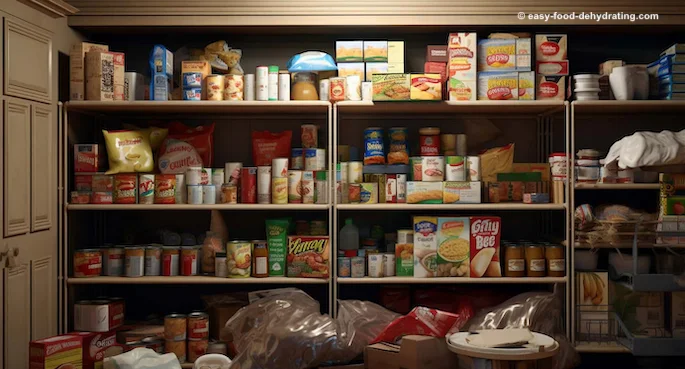
Top Storage Hacks: Containers That Protect Your Food
Successful organic food storage is all about location and containers. Keep your supplies in a cool, dry spot away from sunlight - I've found that a basement or dedicated pantry works perfectly.
Remember, the three enemies to food spoilage: Light, Air, Water.
I always use high-quality airtight containers or Mylar bags, which have never let me down when it comes to keeping moisture and oxygen at bay.
TIP: Use oxygen absorbers and desiccant packets.
Don't forget about rotation! I've developed a simple "first in, first out" system in my pantry. I write the date on everything I've dehydrated and check them monthly. Put it on your to-do list until it become second nature. This way, nothing goes to waste.
Family-Friendly Ways to Use Organic Dried Foods Daily
My neighbor shared this with me: " Susan, it's worked wonders in my household... I love involving the whole family in meal planning. I started out small, introducing organic dried foods gradually. My kids now love helping me create new dishes with quinoa, and getting creative with dried fruits in their snacks."
TIP: Keep a recipe board where everyone can pin their favorite meals. It's amazing how quickly families adapt when they are part of the meal-planning (and eating!) process.
How to Create Balanced, Nutritious Meals with Pantry Staples
Mix and match different items to create well-rounded meals - combining dried legumes with whole grains, or adding dried vegetables to soups and stews.
When planning, bear these points in mind:
- Do you need gluten-free options?
- More protein-rich foods?
Start with basics that align with your dietary needs.
Turn Storage Into a Healthy Lifestyle Routine That Lasts
This
approach not only ensures food security but also brings families closer
together through shared meal planning and prep. Yes, it's certainly more
than just storing food – it's about creating a sustainable legacy of
good health and preparedness. And it all starts with what you eat.
Ready to take that first step toward a more secure and sustainable food future?
Your Top Questions on Organic Food Storage—Answered Clearly
How long do organic dried foods really last?
How long do organic dried foods really last?
Most last 1–3 years in airtight containers, but grains like wheat berries can last 25+ years when sealed in Mylar bags with oxygen absorbers.
Do organic dried foods lose their nutrients in storage?
Do organic dried foods lose their nutrients in storage?
Yes, nutrients decline slowly over time, but proper storage (cool, dark, airtight) helps retain vitamins, minerals, and antioxidants much longer.
What containers work best for long-term storage?
What containers work best for long-term storage?
For maximum shelf life, vacuum-seal foods in high-quality food vacuum sealer bags with an oxygen absorber and a desiccant packet tucked in. Then place those sealed bags inside Mylar bags—again with an oxygen absorber and desiccant—for extra protection against air and moisture. For shorter-term storage, airtight Mason jars or smaller vacuum-sealed bags work perfectly.
Is organic food really better than conventional food for storage?
Is organic food really better than conventional food for storage?
Nutritionally, both can store well—but many choose organic to avoid pesticide residue and additives while still enjoying long-term shelf life.
How can I prevent waste when storing dried foods?
How can I prevent waste when storing dried foods?
Label and date everything, store in portion sizes you’ll actually use, and follow the “first in, first out” rule to rotate stock efficiently.
Choosing organic dried foods for long-term storage isn’t just about being prepared—it’s about creating a healthier, more sustainable way of living. With a well-stocked pantry, you’ll always have nourishing ingredients on hand for soups, stews, and even treats.
To help you get started, grab your free 5 Dried Food Recipes You'll Actually Love PDF (below) and enjoy carrot soup, minestrone, split pea soup, spicy beef jerky, and even banana cinnamon rolls—all made from your pantry staples!
Get 5 Dried Food Recipes You'll Actually Love
Here's where you can get your copy of our all new
5 Dried Food Recipes (That Actually Taste Great)
They're my all-time favorite easy dried food meals!
Get it here right now.
For Free!
Before You Go...
If you enjoyed this page, tap the ❤️ in the lower right-hand corner.
It saves this page to your Grow bookmarks so you can find it again later.
You’ll also see quick share buttons to copy the link, post to Facebook,
or save it straight to Pinterest.
